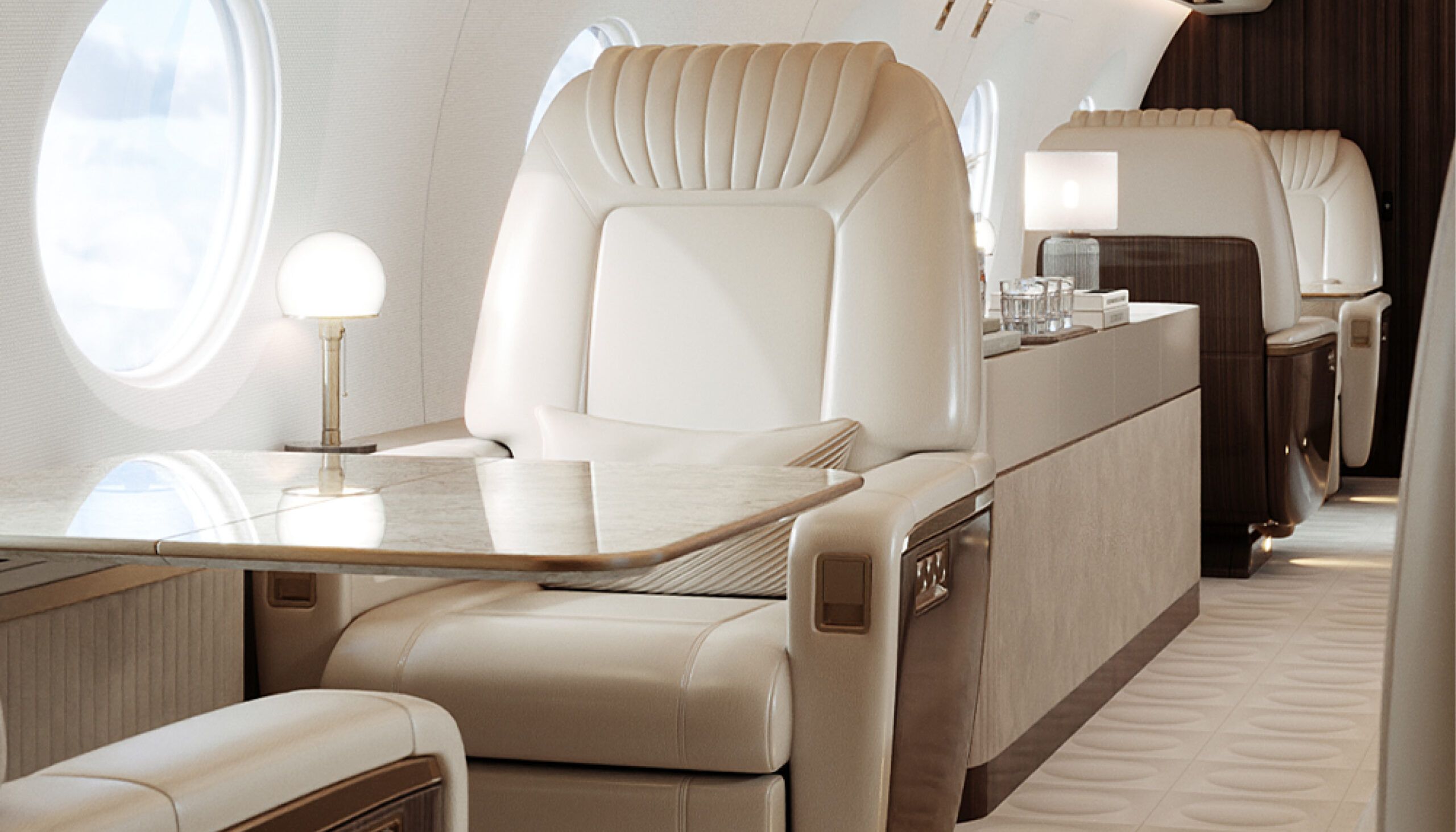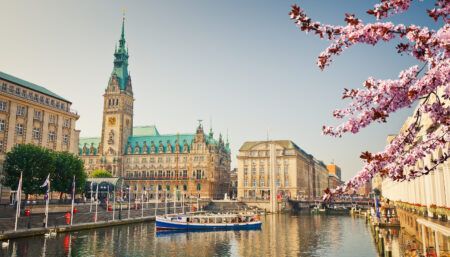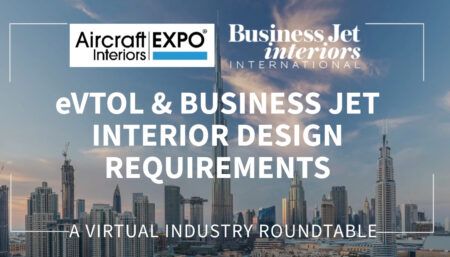Aurora Saboir, founder of Aurora Saboir Design, discusses the potential of AI, AR and more – as well as sharing news of a collaboration.
How do you feel about the potential of AI for design?
AI and what it has to offer – both useful and concerning – is something we can’t just calmly watch from the side as it evolves. Even though I do not yet have a defined methodology for when, where and how to use AI in design, it is certainly something that could be incorporated in the extended complex design and project development phases.
As far as my experience goes, I haven’t found generative AI image creation options – such as Midjourney – useful during the early stage of conceptualisation of realistic projects; I still find traditional sketching and inspiration research the best way to express complex visions. However detailed and precise the prompts, the result was still not even close compared to the vision of the mind. Also, I do not believe in using other creators’ works to feed AI, hence I would not apply it until I had my own base concept to work with. Though after the initial conceptualisation there might be a useful way of integrating AI in the process, to create variations and alterations of the preliminary concept.
The other area where I see great potential to utilise AI is for administration and project management support during design development, such as for calculating raw material quantities and updating database documents, connected with suppliers’ stock availability for example.
Are there uses for AR?
AR is a great way to extend our perception of ‘reality’, mixing it with real-time computer-generated applications. Within the design process, AR could be useful for free-hand 3D sketching and sculpting, and applying real-time modifications. On the passenger experience side, extending the perception of reality is a fascinating idea, meaning adding AR-supported activities or plug-ins.
What other technologies could benefit design?
VR presentations and cabin walk-throughs are now a standard option for high-quality visualisations and presentations. Besides VR I’m excited to see where rapid prototyping technologies, mixed-reality presentations and commerce will take us. I believe the core methodology of the design development process won’t change, but we will have to adapt the tools we use to visualise, prototype, produce and manufacture. Also, having access to such large amounts of high-precision data provided by AI, VR or AR, such as instant measurements, calculations and simulations, I expect more efficient production preparation and management practices.
Have you got any news?
I’m beyond proud to announce a collaboration with Aloft AeroArchitects and Stephanie Hunt of Flairehunter. Project Horizon is a BBJ Max8 concept interior and inflight experience design development project, established in January 2024. We aim to dive deep into the research and early adaptation of the latest passenger experience-related innovations, integrated in an interior with the utmost luxury. Our joint goal is to research and implement solutions to be adapted within the next five years.
This interview was conducted by Izzy Kington and first published in the March/April 2024 edition of Business Jet Interiors International as part of the Design Forum feature.






